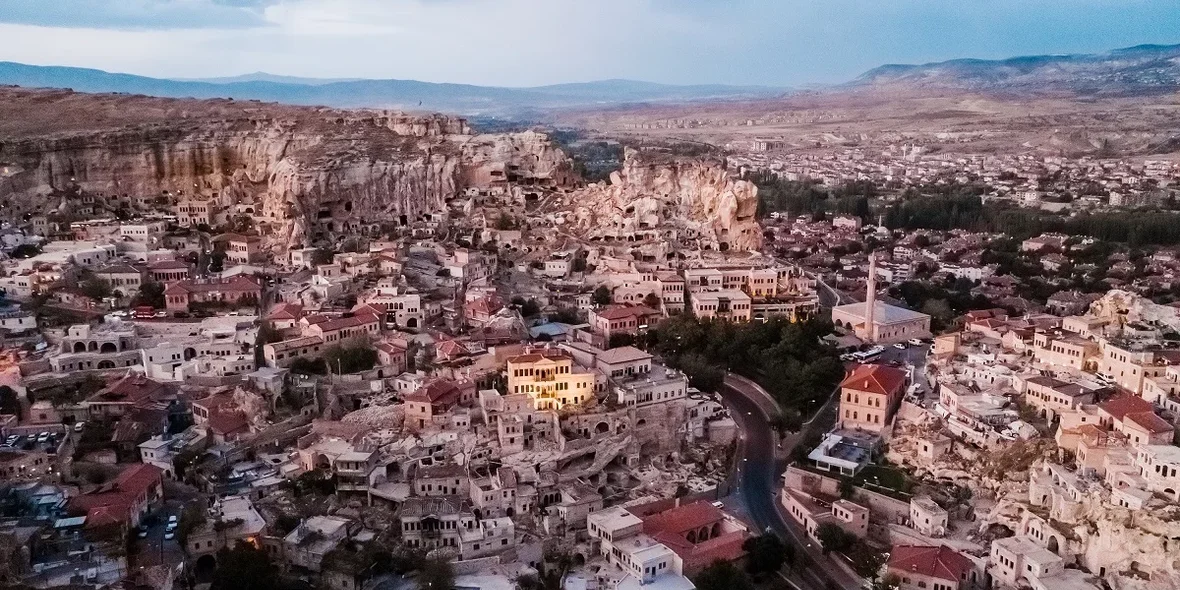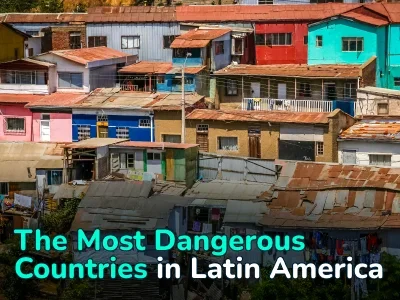
“95% of the buildings did not comply with building standards.” Experts on the results of an investigation in the one of Turkey’s province
Only 5% of the buildings in the southern province of Kahramanmaraş that were destroyed by the earthquake were built in accordance with earthquake resistance rules. This is the verdict of the scientists who investigated the earthquake zone.
According to one of the group's experts, engineer Bora Akshara, the concrete quality of the collapsed buildings in Kahramanmaraş was very poor. He explained that smooth-surface stones, also called river gravel, were used there instead of crushed stone. Defects were also seen in the manufacturing and production processes, including structural elements such as columns and beams.
As another expert, Önder Umut, pointed out, there would still have been damage if all the requirements had been met, but the buildings would not have collapsed.
Another team observed unusual characteristics of the construction iron during the investigation.
“We observed at some of the crash sites that the iron wasn't behaving the way it was supposed to.” “It split in half like crackers,” said crew chief Başak Boduroğlu Yazıcı.
As it turned out, the low-quality iron found in some of the buildings came from other countries or was recycled from scrap metal.
“Of course, there is no single cause for these destructions.” “In addition to substandard material and manufacturing problems, there were also new buildings where not even ground surveys had been done,” Yazıcı noted.
Author
I am responsible for editorial work. I write expert interviews and guides.























